A Self-Assessment Guide for Health Care Organizations - IFC
A Self-Assessment Guide for Health Care Organizations - IFC
A Self-Assessment Guide for Health Care Organizations - IFC
You also want an ePaper? Increase the reach of your titles
YUMPU automatically turns print PDFs into web optimized ePapers that Google loves.
Standard FSE.3 [Emergency management plan]<br />
The organization develops and maintains an Emergency Management Plan (or similar) and program to respond to likely community<br />
emergencies, epidemics, and natural or other disasters.<br />
Intent of FSE.3<br />
Emergencies, epidemics, and disasters may directly affect the organization. These might range, <strong>for</strong> example, from earthquake damage to<br />
patient care areas, to a flu outbreak that prevents staff from coming to work. To respond effectively, the organization develops an Emergency<br />
Management Plan and a program to manage such emergencies.<br />
Measurable Element Look <strong>for</strong> Score Observations<br />
What is required<br />
1) The organization has<br />
identified the major<br />
internal and external<br />
disasters and major<br />
epidemic events which<br />
pose significant risks of<br />
occurring.<br />
How is this element<br />
assessed<br />
A document lists all the major<br />
internal and external disasters and<br />
epidemics that could pose a risk to<br />
the organization.<br />
0 5 10 Why did you give this score<br />
........................................................<br />
........................................................<br />
........................................................<br />
2) The organization plans<br />
its response to likely<br />
disasters. The plan sets out<br />
processes <strong>for</strong><br />
a. determining the type,<br />
likelihood and<br />
consequences of<br />
hazards, threats, and<br />
events,<br />
b. determining the<br />
organization’s role in<br />
such events,<br />
c. communicating<br />
strategies <strong>for</strong> events,<br />
d. the managing of<br />
resources during<br />
events, including<br />
alternative sources,<br />
e. the managing of<br />
clinical activities during<br />
an event, including<br />
alternative care sites,<br />
and<br />
f. the identification and<br />
assignment of staff<br />
roles and<br />
responsibilities during<br />
an event.<br />
A disaster plan addresses actions to<br />
take <strong>for</strong> all the identified risks ........................................................<br />
........................................................<br />
........................................................<br />
........................................................<br />
........................................................<br />
........................................................<br />
........................................................<br />
........................................................<br />
........................................................<br />
........................................................<br />
........................................................<br />
........................................................<br />
........................................................<br />
........................................................<br />
66 <strong>IFC</strong> <strong>Self</strong>-<strong>Assessment</strong> <strong>Guide</strong> <strong>for</strong> <strong>Health</strong> <strong>Care</strong> <strong>Organizations</strong>



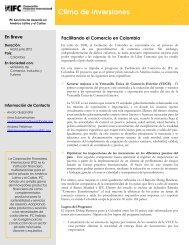
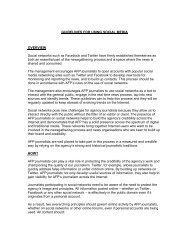
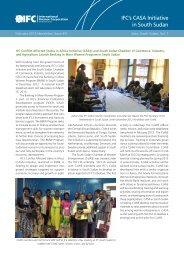

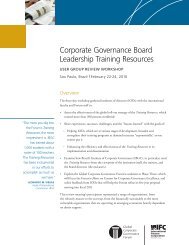


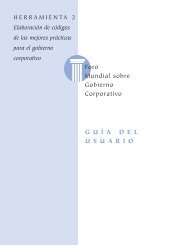
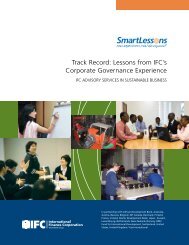
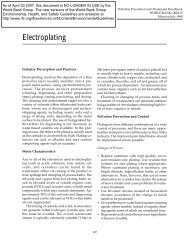

![Print a two-page fact sheet on this project [PDF] - IFC](https://img.yumpu.com/43449799/1/190x245/print-a-two-page-fact-sheet-on-this-project-pdf-ifc.jpg?quality=85)


